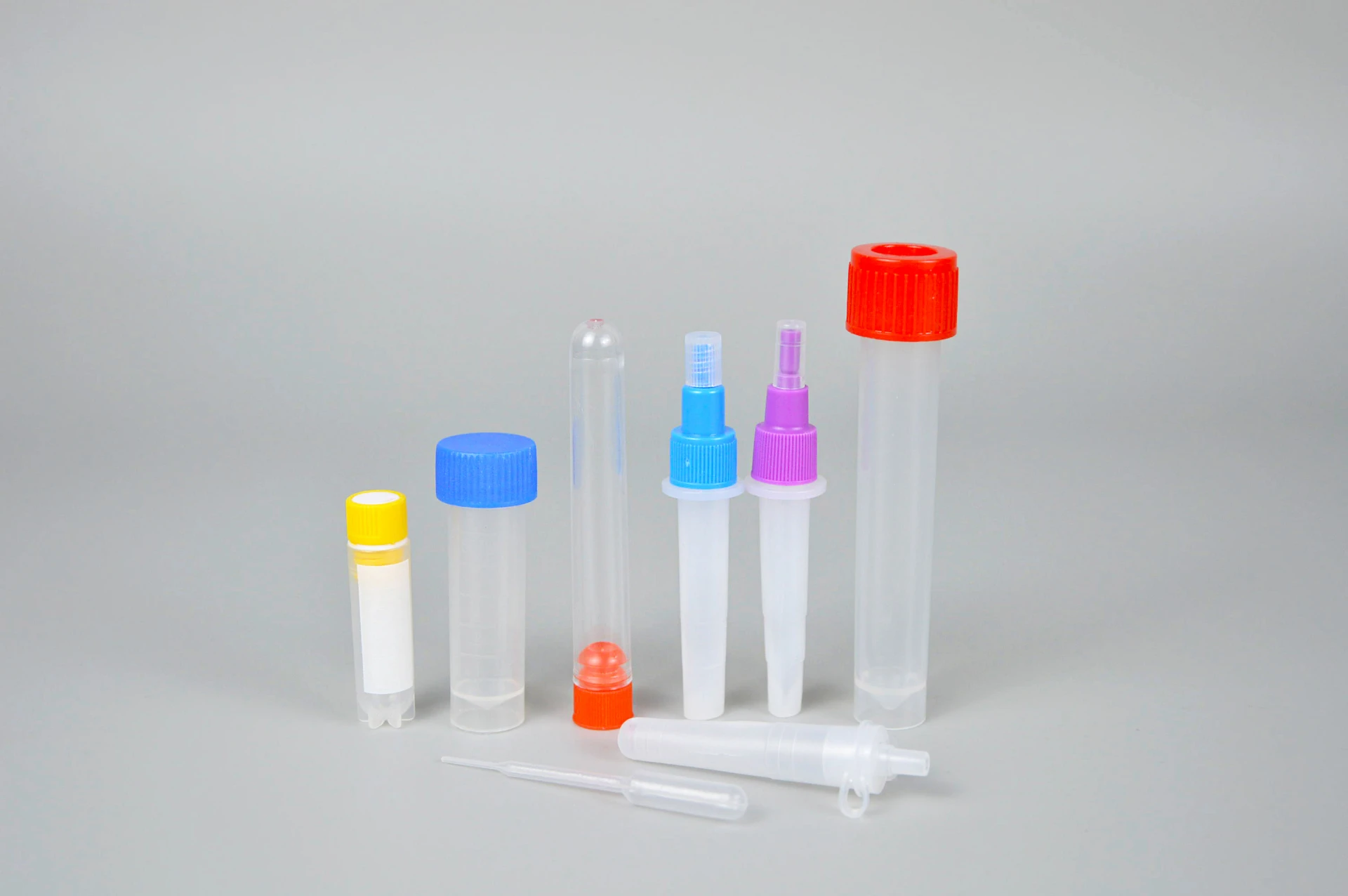syrup medicine bottle
The Importance of Syrup Medicine Bottles in Healthcare
Syrup medicine bottles are a common sight in households, clinics, and pharmacies. They serve an essential role in the delivery of liquid medications, especially for children and those who have difficulty swallowing pills. The design, functionality, and safety features of these bottles are crucial in ensuring that medications are administered correctly and effectively. In this article, we will explore the various aspects of syrup medicine bottles, including their design, usage, safety, and environmental impact.
Design and Functionality
Syrup medicine bottles come in various shapes and sizes, catering to different types of liquid medications. Typically made from glass or high-density polyethylene (HDPE), these bottles are designed to hold a specific volume of liquid, which could range from a few milliliters to several liters. The majority of syrup medicine bottles are equipped with child-resistant caps to prevent accidental ingestion by children. This feature is particularly important given that many liquid medications taste sweet and can be appealing to young children.
The bottles often include a measuring device, such as a syringe or dosing cup, to ensure accurate measurement of the medication. This is vital, as improper dosing can lead to ineffective treatment or serious side effects. Many manufacturers also incorporate graduated markers on the bottle to assist caregivers in measuring the correct dosage.
Usage in Pediatric Medicine
Syrup formulations are particularly popular in pediatrics for several reasons. First, many children have difficulty swallowing pills, making liquid medications a preferable option. Syrups often come in child-friendly flavors, such as cherry, bubblegum, or grape, which can help ease the process of medication administration. This not only improves compliance but also diminishes the emotional distress associated with taking medicine.
Moreover, in cases of chronic conditions such as asthma, allergies, or infections, syrup medications can provide a convenient alternative to pills. They can be easily mixed with foods or drinks, making them easier for children to consume. Consequently, syrup medicine bottles play a significant role in enhancing the quality of care provided to young patients.
syrup medicine bottle

Safety Considerations
While the design of syrup medicine bottles includes safety features, there are additional considerations caregivers must keep in mind. It is essential for parents and guardians to store these bottles out of the reach of children, even with child-resistant caps. Education about the importance of medication safety is key, as children may still be able to access the contents if not stored properly.
Furthermore, caregivers should always read medication labels thoroughly and follow dosing instructions precisely to avoid overdoses. Misunderstandings about dosing can occur, particularly if caregivers use different measuring devices or fail to understand the distinctions between milliliters and teaspoons. Ensuring consistent dosage is crucial, particularly for drugs that have narrow therapeutic windows.
Environmental Impact
The environmental impact of syrup medicine bottles is another area worthy of consideration. The widespread use of plastic bottles contributes significantly to environmental pollution. While some manufacturers now offer recyclable options, many syrup bottles are not recycled and end up in landfills, where they contribute to long-term waste.
To mitigate environmental impacts, it is crucial for pharmaceutical companies to prioritize sustainable practices. This includes investing in biodegradable materials for bottle production, encouraging recycling initiatives, and educating consumers about proper disposal methods for pharmaceutical waste. By raising awareness and adopting more sustainable practices, the industry can take significant steps toward reducing its ecological footprint.
Conclusion
Syrup medicine bottles are more than just a convenient way to deliver liquid medications; they are a vital component of pediatric healthcare and medication adherence. Their thoughtful design ensures safety and ease of use, enabling caregivers to provide effective treatment for children. However, the importance of proper storage, dosing, and environmental considerations cannot be overstated. As we continue to innovate in the field of medicine, improving the design and sustainability of syrup medicine bottles should be a priority, ensuring that they contribute positively to health outcomes and the broader community. By fostering a culture of safety, education, and environmental responsibility, we can enhance the role of syrup medicine bottles in healthcare for generations to come.
-
Aesthetic Makeup Spray Bottles | Fine Mist Empty RefillableNewsAug.19,2025
-
White Plastic Veterinary Vaccine Vials | Lab Liquid BottlesNewsAug.18,2025
-
Plastic Medicine Liquid Bottle: Secure Flip Top Drug VialsNewsAug.17,2025
-
Durable 250ml Blue Plastic Vaccine Vial for Lab & Vet UseNewsAug.16,2025
-
Sterile Virus Sample Tubes: Secure & Reliable Specimen CollectionNewsAug.15,2025
-
White 250ml Plastic Vaccine Vial for Lab & Vet MedicineNewsAug.14,2025
























